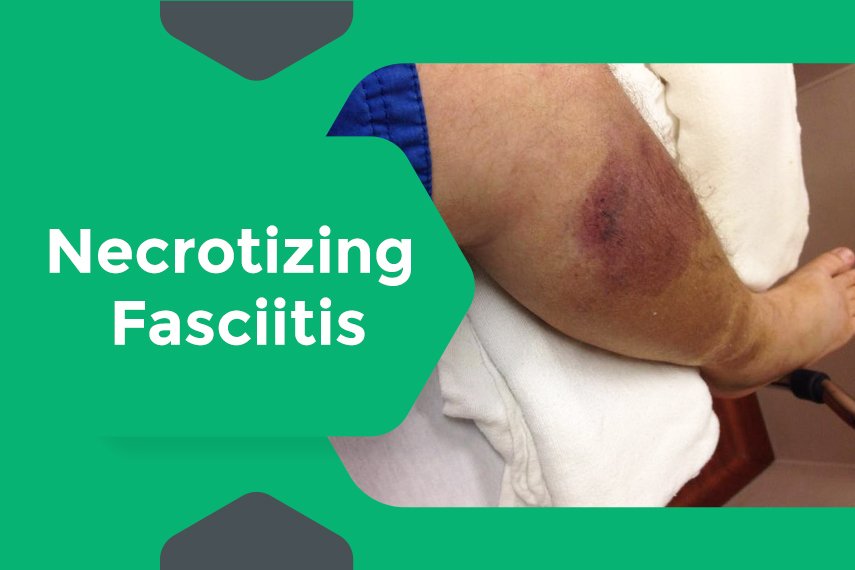Soft Tissue Infections

Introduction
Soft tissue infections, particularly in diabetic patients, can lead to severe complications if not treated promptly and effectively. These infections include cellulitis, abscesses, necrotizing fasciitis, and gangrene, each of which can progress rapidly and cause significant damage to tissues and overall health. At Surat Diabetic Foot Care, we provide specialized and comprehensive treatment for these infections to ensure quick recovery and prevent further complications.
Signs & Symptoms
-
Redness, swelling, and warmth in the affected area
-
Pain and tenderness
-
Pus-filled sores or blisters
-
Fever, chills, and general malaise
-
Discoloration of the skin, indicating severe tissue damage
-
Foul-smelling discharge from the infected area
When to Consult a Doctor
-
Rapidly spreading redness or swelling
-
Severe pain or tenderness in the affected area
-
Signs of systemic infection such as fever and chills
-
Persistent or worsening symptoms despite home treatment
-
Visible signs of tissue death or severe infection
Treatment Offered
Antibiotic Therapy: Oral or intravenous antibiotics to eliminate bacterial infections.
Surgical Debridement: Removal of dead or infected tissue to prevent the spread of infection.
Incision and Drainage: Surgical procedure to drain abscesses and relieve pressure.
Intensive Wound Care: Specialized care for infected and non-healing wounds.
Hyperbaric Oxygen Therapy: Use of high-pressure oxygen to promote healing.
Amputation: In severe cases, removal of the affected limb to prevent the spread of infection and save the patient’s life.




